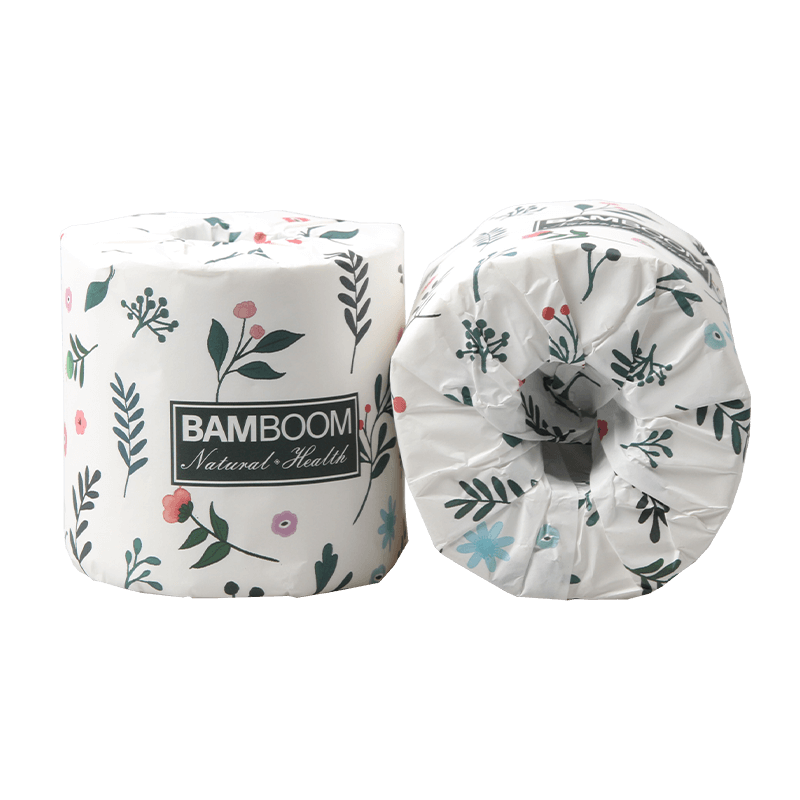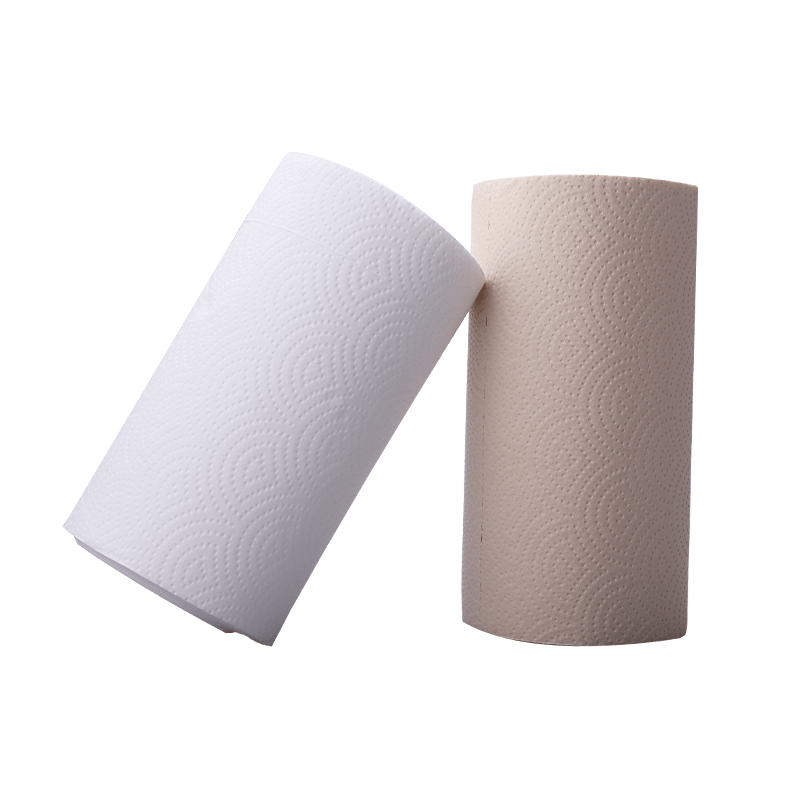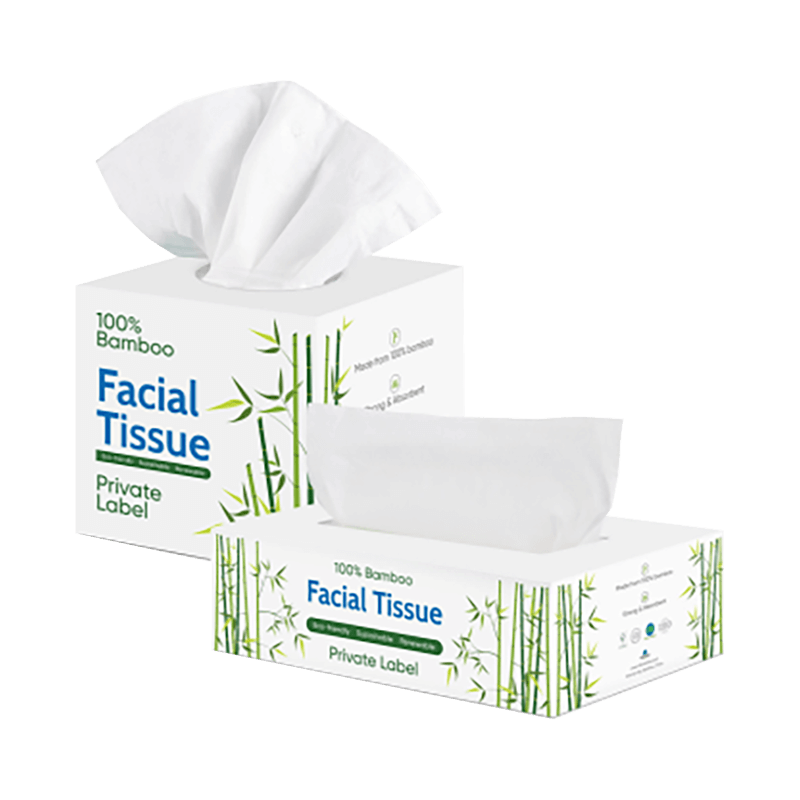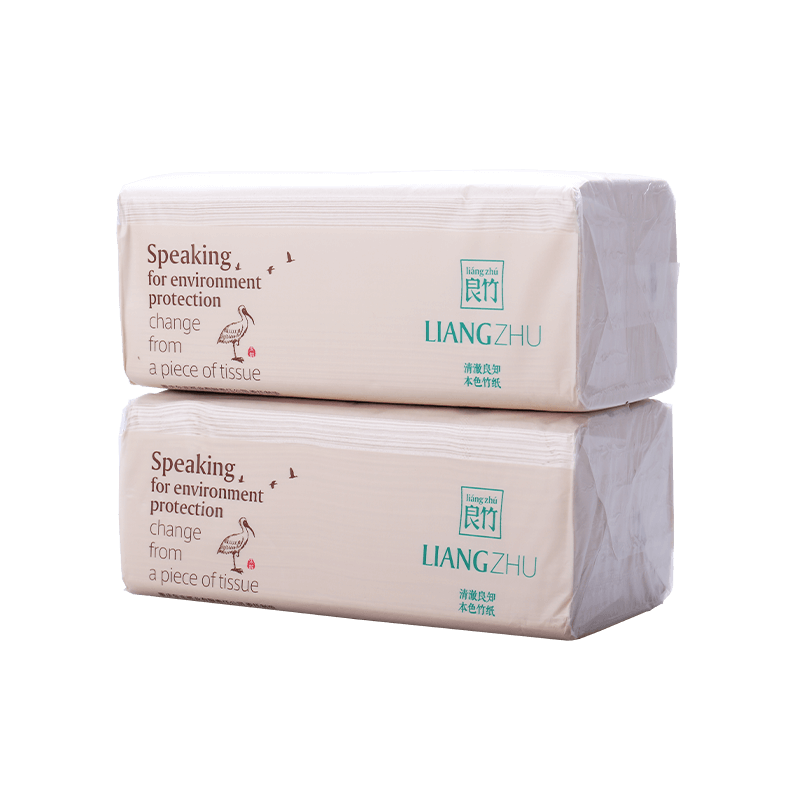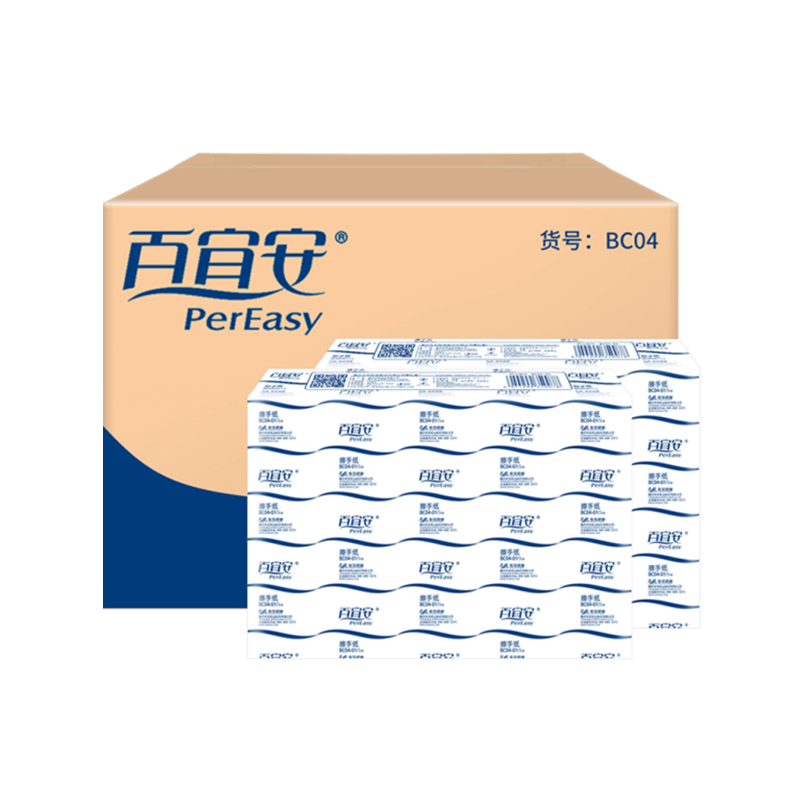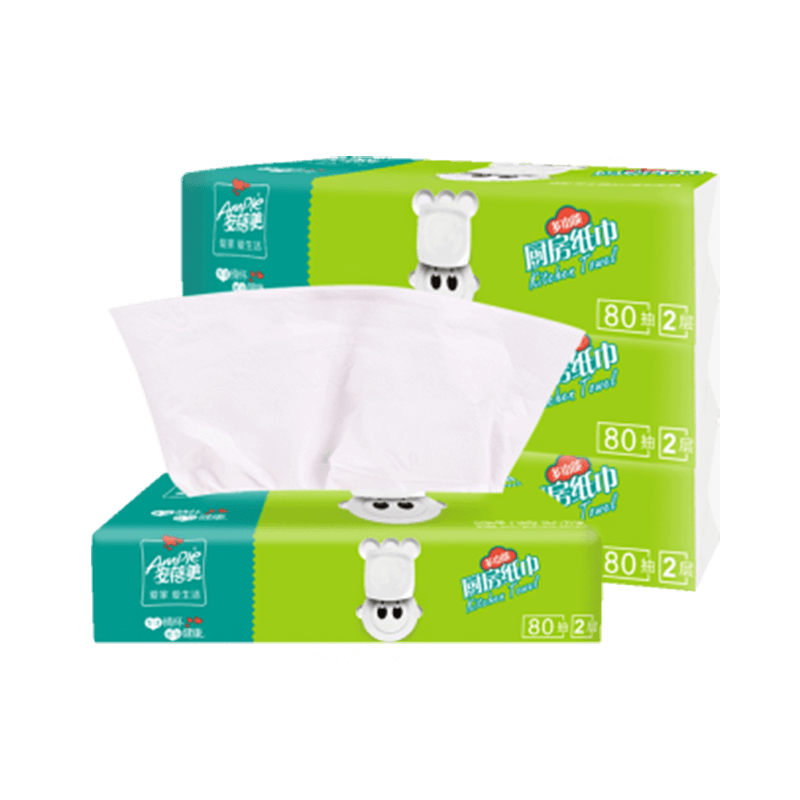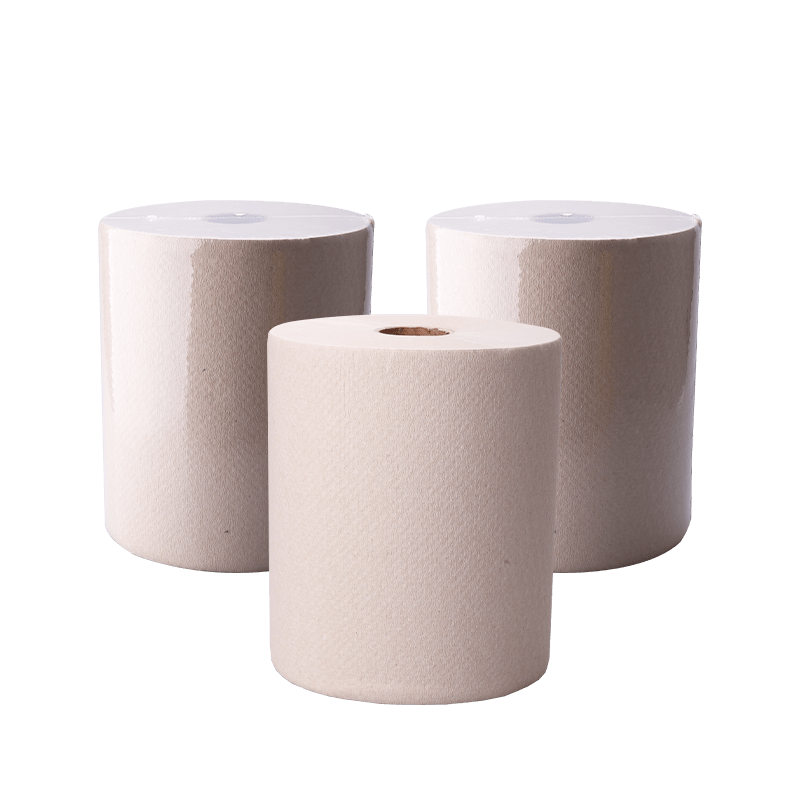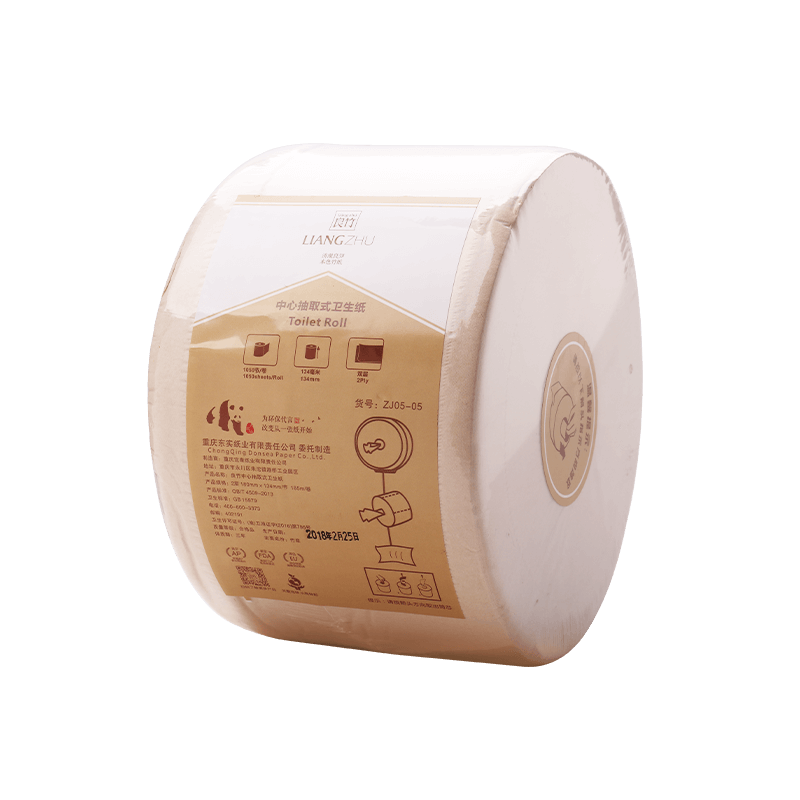Bamboo vs. Virgin Pulp Paper: Carbon Footprint Comparison
In the quest for green materials, bamboo has gained significant attention as an eco-friendly alternative to traditional paper that is made of virgin wood pulp. Although both serve similar roles in hygiene products, their carbon footprints diverge significantly due to differences in cultivation, processing, and overall life cycle impact. This article examines the environmental impacts of virgin and bamboo paper with a special concentration on its carbon emission.
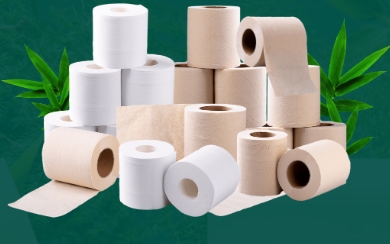
Understanding Carbon Footprint in Paper Production
This chart outlines the carbon-intensive steps involved in paper production and highlights how factors like material choice and energy use influence total emissions.
| Stage | Description | Carbon Impact |
| Raw Material Cultivation | The process of growing bamboo or trees for pulp, which includes water use, land and chemical inputs | Varies; lower for bamboo, higher for trees |
| Harvesting | The process of cutting and collecting raw materials | Moderate. Mechanized logs increase emissions |
| Transportation | Transporting raw materials from the mines to facilities for processing | It can be significant, particularly for long distances. |
| Pulping Process | The process of converting raw materials to pulp through chemical or mechanical methods | The highest, especially for wood that is virgin due to chemical treatments |
| Paper Manufacturing | The process of turning pulp into paper is a process that requires energy and water. | Depends on energy source (fossil fossil fuels vs renewable) |
| Packaging & Distribution | The packaging of the paper is done and distributed to markets | Moderate; connected to the emissions of transport and packaging materials |
| End-of-Life Treatment | Recycling or composting of paper that has been used | It varies; recycling decreases emissions, while landfilling can create methane |
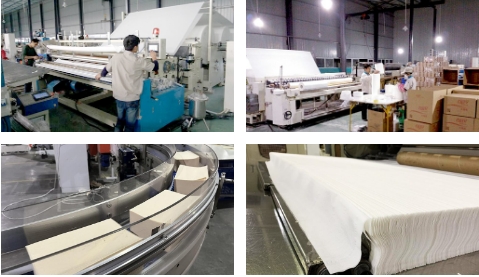
Carbon Footprint of Bamboo Paper
1. Cultivation
Bamboo’s carbon footprint starts at the stage of cultivation, which is widely considered to be one of its most important environmental benefits. Contrary to the trees used to make raw wood pulp, which can require between 10 and 20 years to reach maturity, bamboo attains harvest readiness in 3 to 5 years. Bamboo’s rapid growth allows it to take in more carbon dioxide out of the air over shorter durations, which increases its utility as carbon sink. Additionally, bamboo grows naturally from its roots after harvesting, removing the need for replanting, and reduces the carbon emissions that are that are caused by cultivation of the land.
Bamboo also needs lower amounts of water, fertilisers and pesticides as compared to the plants that are planted. This reduces the amount of emissions due to agricultural inputs, and reduces its environmental footprint during the cultivation.
2. Processing
The process of turning bamboo into paper requires the use of chemical or mechanical bamboo pulping methods, each of which uses energy and produce carbon. Although bamboo has less lignin than wood, and requires fewer bleaching chemicals, bamboo’s fibers require to be broken into smaller pieces and refined. If it is powered through fossil fuels production phases can have the carbon footprint of a moderate or high footprint.
But, if the paper and pulp manufacturing facilities use sustainable energy resources or energy-efficient techniques, the total emissions will be significantly decreased. Additionally, the absence of extensive chemical or bleaching treatments when in comparison to raw wood pulp is a factor in significantly lower emissions during the stage of processing.
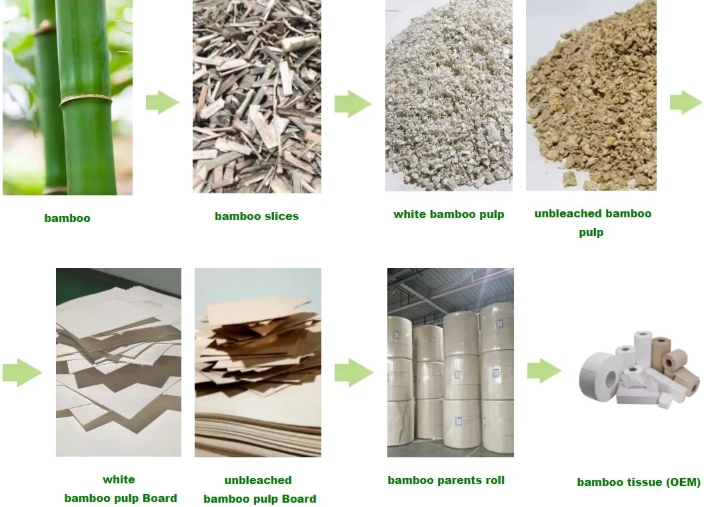
3. Transportation and Supply Chain Considerations
Transportation plays a major part in how much carbon emissions, bamboo papers generate especially when the bamboo is harvested and processed far away from the final destination. For instance, bamboo grown in Asia and then shipped for sale in Europe and North America incurs considerable emissions due to land and sea shipping.
To reduce transportation-related emissions, some bamboo paper producers are localizing parts of the supply chain or sourcing bamboo from closer regions. A more efficient and transparent supply chain is vital to keeping the edge of sustainability that bamboo paper is aiming to offer.
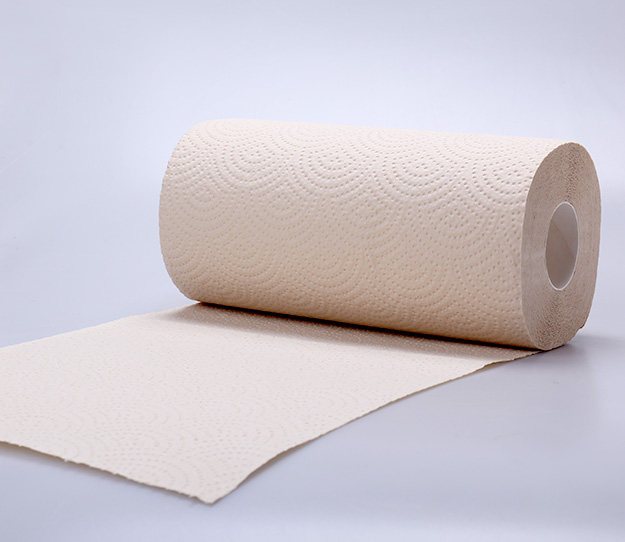
4. End-of-Life
Bamboo paper, as with traditional paper, is biodegradable and recyclable. The carbon footprint of bamboo paper at the end of its life is contingent on the method of disposal. Recycling bamboo paper cuts down on the need for fresh raw materials, and reduces emissions from production cycles in the future. Composting is a second option that emits less emissions because bamboo breaks down organically and without release of harmful substances.
If bamboo paper is disposed of in landfills, it could produce methane, a powerful greenhouse gas, during decomposition, particularly in the absence of appropriate waste management methods.
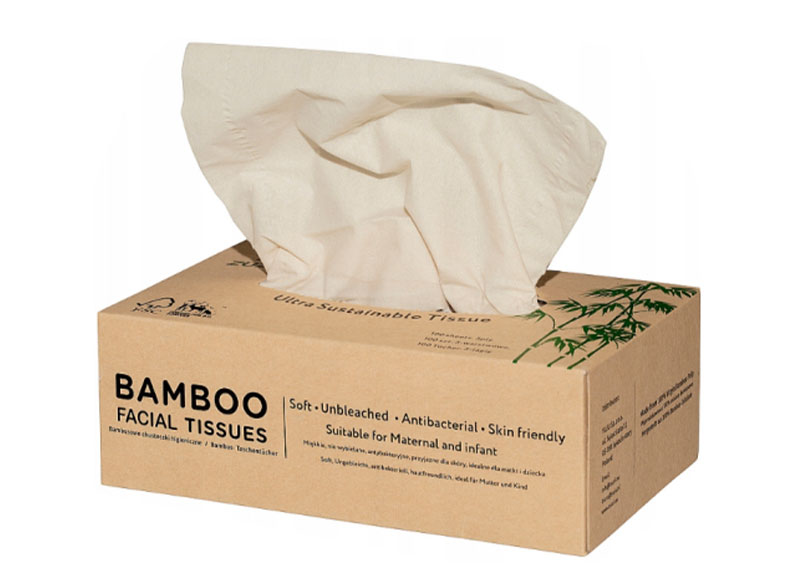
Carbon Footprint of Virgin Pulp Paper
1. Forest Harvesting
A carbon footprint for virgin pulp paper starts with the harvesting of trees, usually from huge monoculture plantations, or even natural forests. The activities released huge amounts of carbon that is stored in both the form of the biomass of trees and soil disturbance. Land clearing and deforestation can exacerbate the problem by permanently reducing the capacity of the land to absorb carbon.
Even in plantations that are managed sustainably the lengthy growth cycles of trees — typically 10 to 20 years, means that carbon sequestration is not as efficient and the land is not suitable for other high yield crops such as bamboo at this time. The use of heavy equipment and fuel-powered transport during logging operations adds to the carbon footprint at this point.
2. Pulping and Chemical Processing
The process of converting lumber into pulp can be one the most carbon-intensive processes in the process of making paper from scratch. Wood is chipped then cooked using chemical (such as sodium sulfide and sodium hydroxide) followed by being is subjected to numerous washing, screening and bleaching stages in order to make pure white pulp.
The process requires a lot of thermal energy and electricity, the majority of which is derived from fossil fuels used in traditional mills. Bleaching in particular isn’t just energy-intensive, but also causes pollution of the environment if it is not effectively controlled. When compared to alternatives like bamboo, paper that is virgin generally requires a more vigorous chemical treatment, which results in more emissions.
3. Manufacturing and Finishing
After the pulping process, the moist pulp is then pressed, dried and then cut into sheets. The process involves energy-intensive equipment as well as high-temperature dryers raising your carbon footprint. Although certain modern paper mills make use of renewable biomass or cogeneration, the majority still depend on natural gas or coal especially in areas with strict environmental laws.
The manufacturing additives used in the process, such as fillers, binders, or coatings, also contain their own carbon, particularly when made from petrochemical or synthetic sources. The result is large carbon output, even after the product has left the manufacturing facility.
4. Packaging, Transport, and Distribution
Once it is produced, pulp paper that is virgin is packed and then distributed, typically over large distances. This distribution phase adds to the overall carbon footprint, particularly when road or air transport is involved. The emissions resulting from the transportation of massive pallets of paper – in conjunction with the carbon costs of making packaging materials could be significant, especially in global supply chains.
Consumption and production locally could lower emissions associated with transport, but this is not always possible for export-driven brands or international paper makers.
5. End-of-Life
After its lifespan the virgin pulp paper may be recycled in a variety of ways composting, incineration or disposal. Recycling can help decrease the requirement for new pulp and reduce emissions in the long run, however, not all virgin papers can be recycled, particularly if they’re coated or printed. They may also be infected.
Landfilling is a particularly high carbon threat, since the process of decomposing paper in anaerobic conditions releases methane which is a greenhouse gas 25 times stronger than CO2. Incineration, though sometimes used to recover energy can also release carbon, unless it is offset by clean-burning technology as well as carbon capture.
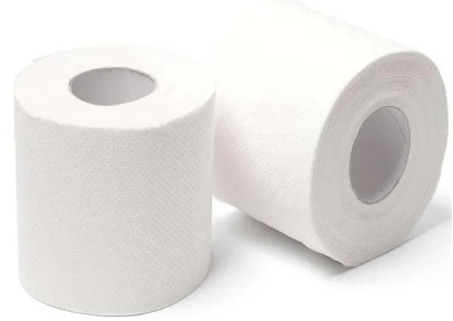
Comparative Life Cycle Assessments Between Bamboo and Virgin Pulp Paper
This comparison shows how bamboo’s rapid growth and reduced processing demands can contribute to a lower carbon footprint when compared to virgin pulp paper throughout its life cycle.
| Life Cycle Stage | Bamboo Paper | Virgin Pulp Paper |
| Raw Material Growth | Rapidly growing (3-5 years) High CO2 absorption, minimal inputs | Slow-growing (10-20plus years) and moderate absorption of CO2 Higher input requirements |
| Land Use Impact | Regeneration without replanting; helps to improve soil health | Sometimes, deforestation is associated with soil disturbance and loss of habitat |
| Harvesting | Manual or light-mechanized; no consumption of fuel | Heavy machines; high use of fuel |
| Pulping Process | Fewer chemicals are required; less energy consumption | A high lignin content; extensive chemical use; large demand for energy |
| Energy Source Sensitivity | Impact is less on the environment if renewable energy sources are used and variable worldwide | Usually, the use of fossil fuels; however, a few mills rely on biomass |
| Transportation Impact | Potentially very high if transported over a long distance | Variable; typically manufactured closer to the markets of advanced economies. |
| End-of-Life Scenario | Biodegradable, recyclable, compostable | Biodegradable, recyclable; may release methane from landfills |
| Total Carbon Footprint | Generally, 25-50% lower in comparison to virgin pulp | More carbon footprint from production, growth and transportation |

Choosing Between Bamboo and Virgin Pulp Paper in Terms of Carbon Footprint
The decision between bamboo and virgin paper demands a deeper understanding of how each material contribute to greenhouse gas emissions from the time of cultivation to disposal.
1. Cultivation and Carbon Absorption
A carbon footprint for paper starts at the beginning of the material. Bamboo, which is a grass that grows rapidly can be harvested in between three and five years. It regenerates itself naturally following cutting. The speed of growth and natural regeneration makes it a highly powerful carbon sink. However the virgin pulp comes from trees that take at least a decade to mature and have to be planted manually following harvesting. Plantations of trees, particularly ones that replace natural forests, are a major contributor to carbon emissions by deforestation and changes in land use. From a cultivation standpoint bamboo has a significantly less carbon footprint.
2. Energy Use in Processing
Another significant source of CO2 emissions comes from the power used for the process of pulping. Bamboo is less lignin-rich than wood, which reduces the requirement for intensive process of chemical bleaching and processing. This translates into lower energy consumption during production–especially if the facility uses renewable energy sources. The virgin pulp paper however requires extensive chemical treatments particularly for bleaching and pulping that are extremely energy-intensive. Traditional pulp mills depend on fossil fuels that also increase carbon emissions.
3. Transportation and Supply Chain Emissions
Transportation is a key factor in the analysis of carbon footprints. Bamboo is cultivated and processed in a location far from the market it will end up in – which is the norm when it is exported to Asia to other continents, the shipping emissions may be a barrier to some of its environmental advantages. Virgin wood pulp production particularly when it is produced in areas with established infrastructure, may result in significantly lower emissions from transport. So, the proximity of supply chains is essential in determining the carbon footprint.
4. End-of-Life Disposal
Both virgin pulp and bamboo papers are biodegradable and recyclable Their impact at the end of their life is dependent on the local waste management methods. If appropriately recycled, these types of paper can help reduce the requirement for new raw materials and reduce emissions. If either kind of paper is disposed of on the ground, their process of decomposition can release methane, which is a greenhouse gas with a higher toxicity than CO2. Because bamboo’s fiber structure is unique the paper may break down somewhat faster, but the carbon gain at this point is tiny compared to the differences in the cultivation process and its processing.
5. Overall Carbon Comparison
Life cycle assessments have consistently shown that bamboo papers can produce 25%-50% less CO2 emissions than pulp that is virgin subject to factors such as the energy source, distance to transportation and the treatment of waste. The biggest reduction in emissions comes from bamboo’s shorter harvest cycle with minimal replanting requirements and less reliance upon chemical process.
Virgin pulp paper in contrast, bears a greater carbon footprint due to its dependence on trees that are slow to grow as well as energy-intensive manufacturing and, in many cases, fossil fuel-driven infrastructure. Even if it comes from sustainable forests that have been certified The carbon content of virgin pulp is significantly more than that of bamboo, in the majority of circumstances.
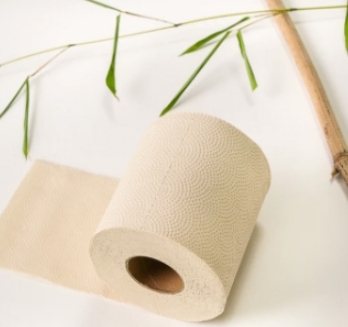
Final Thoughts
While both bamboo and virgin pulp paper are recyclable and biodegradable, bamboo is the more environmentally-friendly option in terms of carbon footprint. Bamboo’s rapid renewability, effective carbon sequestration and lower processing emissions makes it a viable solution for reducing carbon emissions from the industry of paper.
Supply chain transparency is key. Bamboo’s environmental benefits could be reduced by shipping over long distances or poor manufacturing practices. To ensure that you get a low carbon product, both manufacturers and consumers should seek certified, responsibly sourced bamboo paper–ideally produced close to its point of use.
In a world increasingly driven by climate accountability, switching from virgin pulp to bamboo-based paper is a tangible move towards more sustainable consumption.

